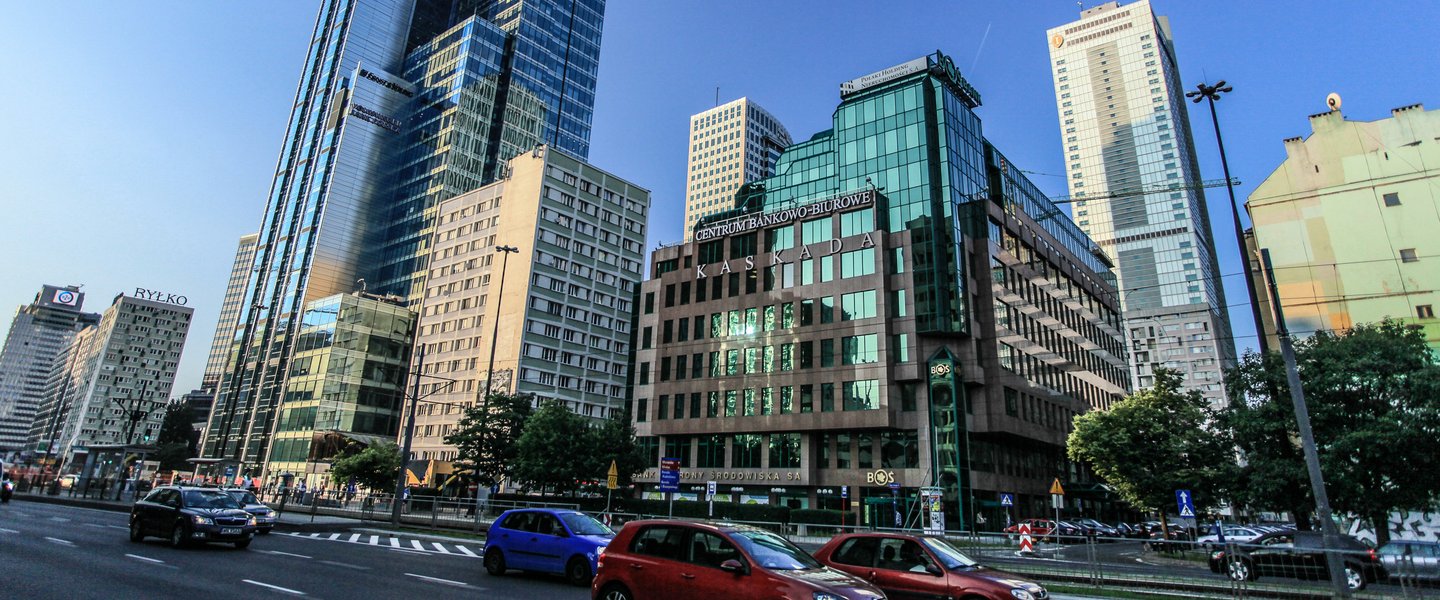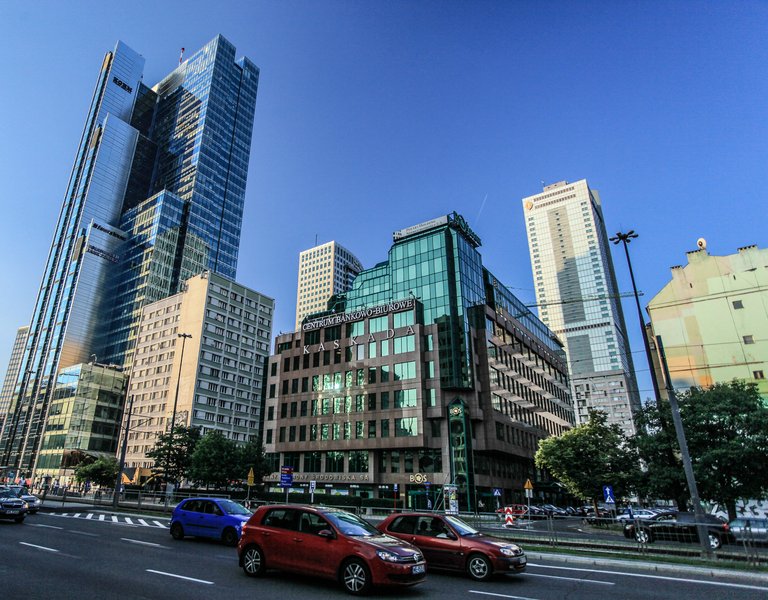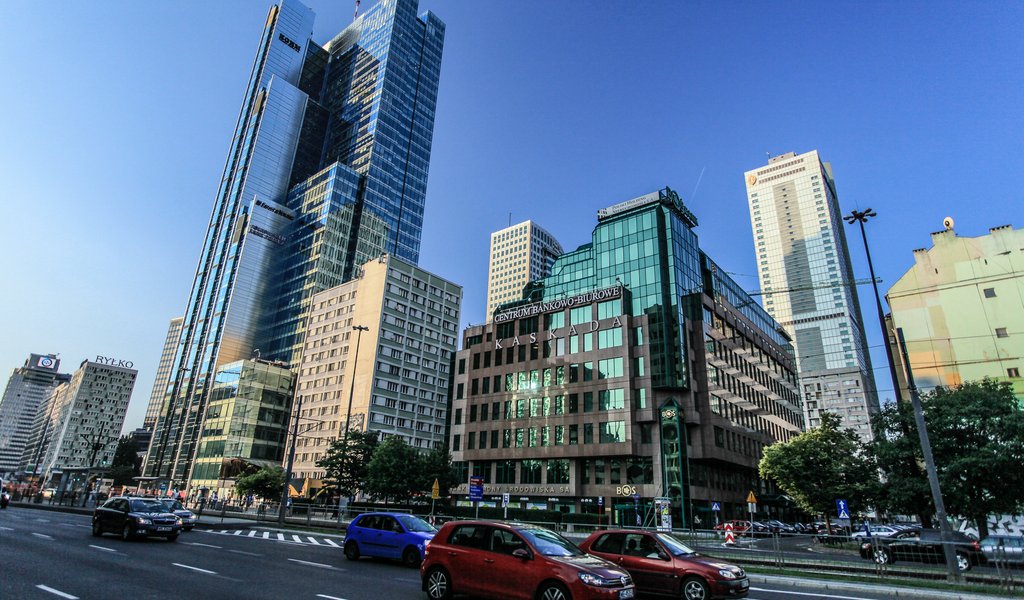Good Change in the economy
When a few days ago the rating agency Moody’s raised its growth forecast for Poland’s GDP from 2.9 per cent to 3.2 per cent, the Ministry of Finance commented that “although the revision is not substantial, it is definitely pointing in the right direction”.
National economists expect the growth to be even faster. Based on their quarterly estimates one can expect that in 2017 the economy should grow by up to 3.5 per cent. When we collected similar forecasts at the end of December last year, estimates for 2017 put GDP growth at just over 3 per cent.
“The improved forecast is in our opinion lasting and structural in nature, as it pertains to both consumption and investments,” Deputy Prime Minister Mateusz Morawiecki said in reference to the forecasts made by Moody’s.
Both with regard to the consumption and investment, the economic forecasts are somewhat higher than they were a few months ago. However, the change is not as large as it may appear. Three months ago the average of all forecasts indicated that in the first quarter of 2017 consumption would be 4.1 per cent higher than a year ago and it would gradually slow down to 3.3 per cent by the final quarter. In turn, the current average of analyst forecasts for the first three months is 4.2 per cent higher than a year ago, with the rate halting at 3.4 per cent by the end of the year.
This growth could slow down because in the second part of the year the growth-enhancing effect of the 500+ Family Programme will come to an end. A better result will be due to, amongst other factors, more favourable forecasts related to the labour market. The current average forecast for the registered unemployment rate is 7.3 per cent. Three months ago, analysts estimated that it would be 7.9 per cent.
With regard to investments, economists expect that in the first quarter it will be minimally below the line on a year-to-year basis. In the fourth quarter, it is expected to reach almost 6 per cent. Most optimists are the analysts from Raiffeisen Bank Polska. According to them, in the second half of the year brutto expenditure on tangible assets could grow at a rate close to 10 per cent. A few months ago the market expected smaller growth levels.
“At the moment there is not that much hard data confirming the increased interest in investment apart from unconfirmed information that EU tenders have got underway,” Tomasz Kaczor, the chief economist at Bank Gospodarstwa Krajowego said. He added there are no signals indicating that the problem with investments is deepening in any way.
“There could be an upward revision once the hard figures for the first quarter come in,” the expert said.
The analyst forecasts show that the third quarter will provide the best results with regard to GDP growth. During this period, GDP is due to be 3.7 per cent higher than it was a year ago. It will then weaken somewhat at the end of the year. The reason for this is the base effect. It was the weakest in the third quarter last year, which means that now is the easiest time to improve this result. At the end of last year the economy started to pull itself out of a dip, therefore assuming that similar conditions exist, the growth rate in the fourth quarter will be lower.
Lukasz Wilkowicz
 Source: Dziennik Gazeta Prawna
Source: Dziennik Gazeta Prawna
04.04.2017







